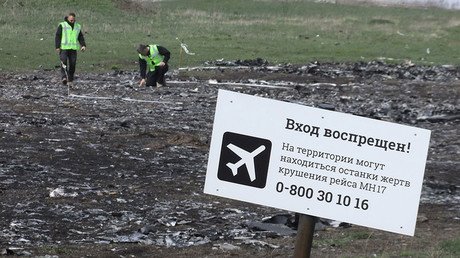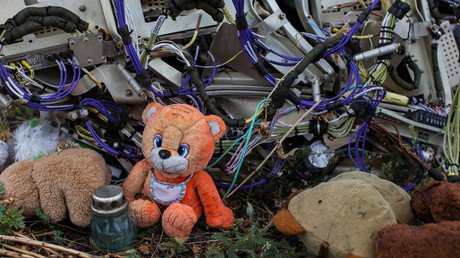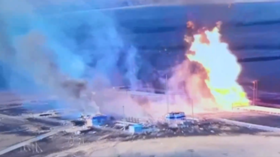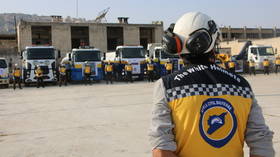Further investigation possible at MH17 crash site after Dutch journalist recovers passenger’s bone
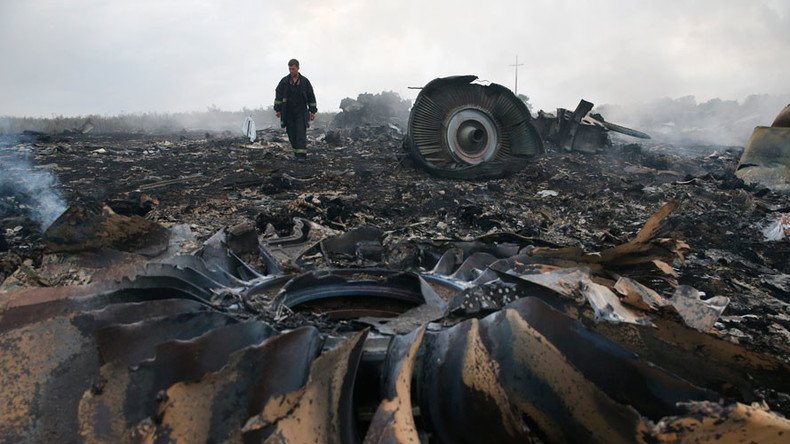
The Dutch Minister of Security and Justice announced that the Netherlands might conduct further investigation at the site of the Malaysia Airlines flight MH17 crash in eastern Ukraine after a Dutch journalist recovered some victims’ remains from the site.
In January, Dutch journalist Michael Spekkers returned from a two-week stay in eastern Ukraine where he and his colleague, Stefan Beck, had been gathering first-hand accounts of the locals’ attitudes toward Moscow and Kiev. On the last day of the trip, Spekkers went to the crash site of MH17, from where he said he retrieved parts of the wreckage as well as what was then established by Dutch prosecutors as human remains of one of the passengers of the downed Boeing.
Speaking to RT, Beck said that Spekkers “was surprised” to see numerous parts of the ill-fated plane still laying around.
Upon arriving in the Netherlands, police confiscated all the findings of the reporter, as well as his and Beck’s laptops and cellphones containing interviews with locals.
In a recent statement, the Dutch Minister of Security and Justice, Gerard Adriaan van der Steur, said police will look into the findings collected by Spekkers.
“At this time, police are examining where and when the discovery was made by journalist Michel Spekkers. This examination will reveal if more debris can be recovered from this site. If so, then the government is obviously willing to conduct further investigations,” a statement by van der Steur said, suggesting that the Dutch investigators are willing to return to the crash site for more recovery work.
In the statement he spoke of “the assistance of the OSCE to assess the security situation and the establishment of a possible mission.” He also spoke of the importance to deliver all the human remains to the victims’ relatives.
In September, the Dutch-led Joint-investigative Team (JIT) issued a preliminary report on the criminal investigation of the MH17 crash, saying it had enough evidence for a “solid criminal file.”
It said that a BUK missile system, blamed for taking down the plane, was brought from Russia and then transported back. Yet, Moscow as well the Russian BUK producer (Almaz Antey) countered the paper, providing its own evidence and questioning numerous parts of the JIT report. The Dutch side also claimed that collecting more evidence on the ground was “too dangerous.”
READ MORE: MH17 int’l probe’s only sources are Ukrainian intel & internet - Russian MoD
However, in an interview to RT, Spekkers disagreed with the assessment.
“They [Dutch officials] tell the public here that they have all the evidence the needed to point the party who is responsible for downing the MH17,” the journalist said.
“But it’s crazy. When I walked around there and I saw all that debris, I was thinking to myself: how is it possible that two and a half years later the investigation team is still not there to have everything back where it is supposed to be, to do a thorough investigation.”
According to Spekkers, the Dutch side also claimed the crash site was “a big area” and that’s why they could not all the pieces of the crashed aircraft.
“But a lot of the debris [pieces] I took with me back to the Netherlands, they were from storage units which they [Dutch investigators] used during the investigation, and even those storage units, they did not get to empty them,” Spekkers said.
